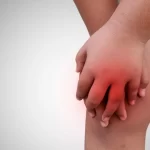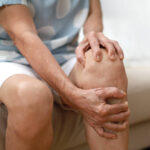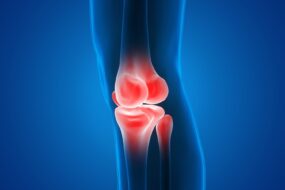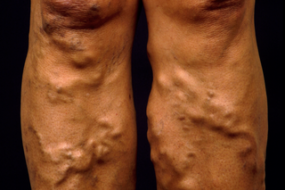
Blepharitis is the inflammation or infection of the eyelid margins. It occurs when the glands near the base of the eyelashes get clogged, causing irritation and redness.
Classification
- Anterior blepharitis – The eyelid skin, base, and follicles of the eyelashes are affected.
- Posterior blepharitis – The inner edge of the eyelid that is in contact with the eyeball is affected
- Mixed blepharitis – Occurs when the patient has both anterior and posterior blepharitis.
Causes of Blepharitis
- Acne rosacea
- Allergies to contact lens solution, eye drops, or makeup
- Dandruff (Seborrheic dermatitis)
- Dry eye
- Lice or mites in eyelashes (Demodicosis)
- Meibomian Gland Dysfunction
Pathophysiology
The physiology of blepharitis involves bacterial colonization of the eyelids resulting in the direct microbial invasion of tissues, immune system-mediated damage, or damage caused by bacterial toxins, waste products, and enzymes.
Symptoms
Signs and symptoms worsen in the morning. Here are the symptoms.
- Watery eyes
- Red eyes
- A burning or stinging sensation in the eyes
- Eyelids that appear greasy
- Notching of the lid margin
- Trichiasis (misdirected eyelashes)
- Poliosis (loss of pigmentation of eyelashes)
- Red, swollen eyelids.
- Flaking of the skin around the eyes
- Crusted eyelashes
- Sticking of eyelids
- Increased frequency of blinking
- Sensitivity to light
Diagnosis
The diagnosis of blepharitis is based on the patient’s history and findings from the physical examination.
The patient will present with the symptoms listed above. The history should include duration of symptoms, smoking, allergens, contact lenses, and use of steroids which may cause the symptoms. A history of acne, rosacea, or eczema should be evaluated.
The gross examination will show collarettes at the base of the lashes, erythema, and crusting of the lashes and lid margins.
Slit-lamp examination shows additional features, including loss of lashes, whitening of lashes, lid scarring and misdirection of the lashes, crusting and meibomian orifices, eyelid margin ulceration, plugging and “pouting” of the meibomian orifices, telangiectasias of the lid margin, and tylosis.
Management
- Self-care measures, such as washing one’s eyes and using warm compresses.
- Give antibiotics to fight infection.
- Give steroid eye drops or ointments to control inflammation.
- Avoid medication that affects the immune system, such as topical cyclosporine.
- Treat the underlying conditions. Blepharitis caused by seborrheic dermatitis, rosacea, or other diseases might be controlled by treating the underlying disease.












